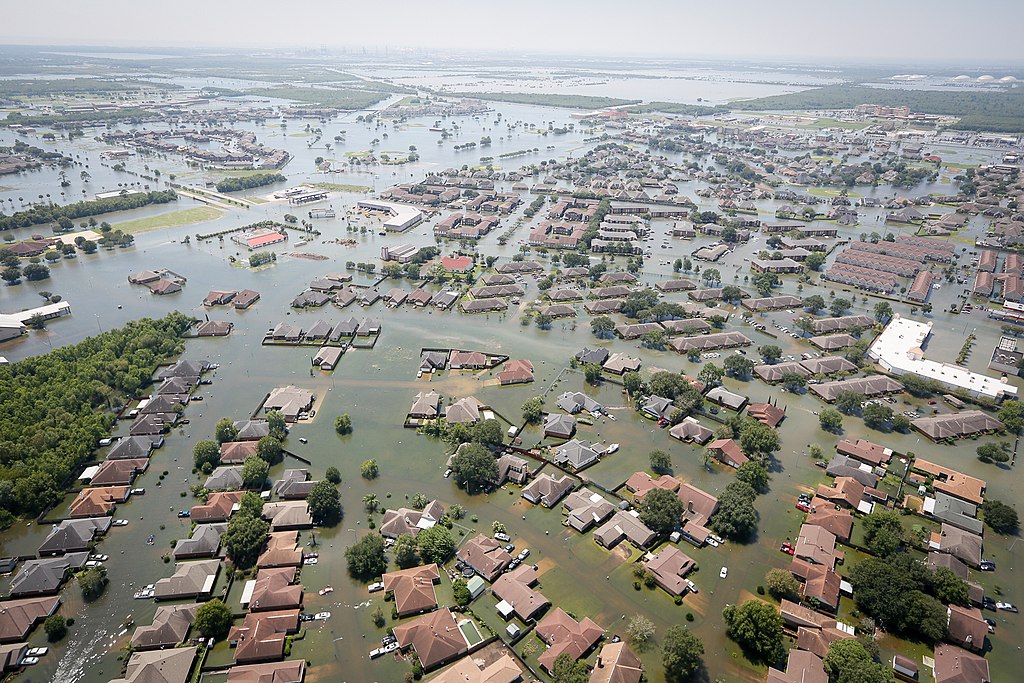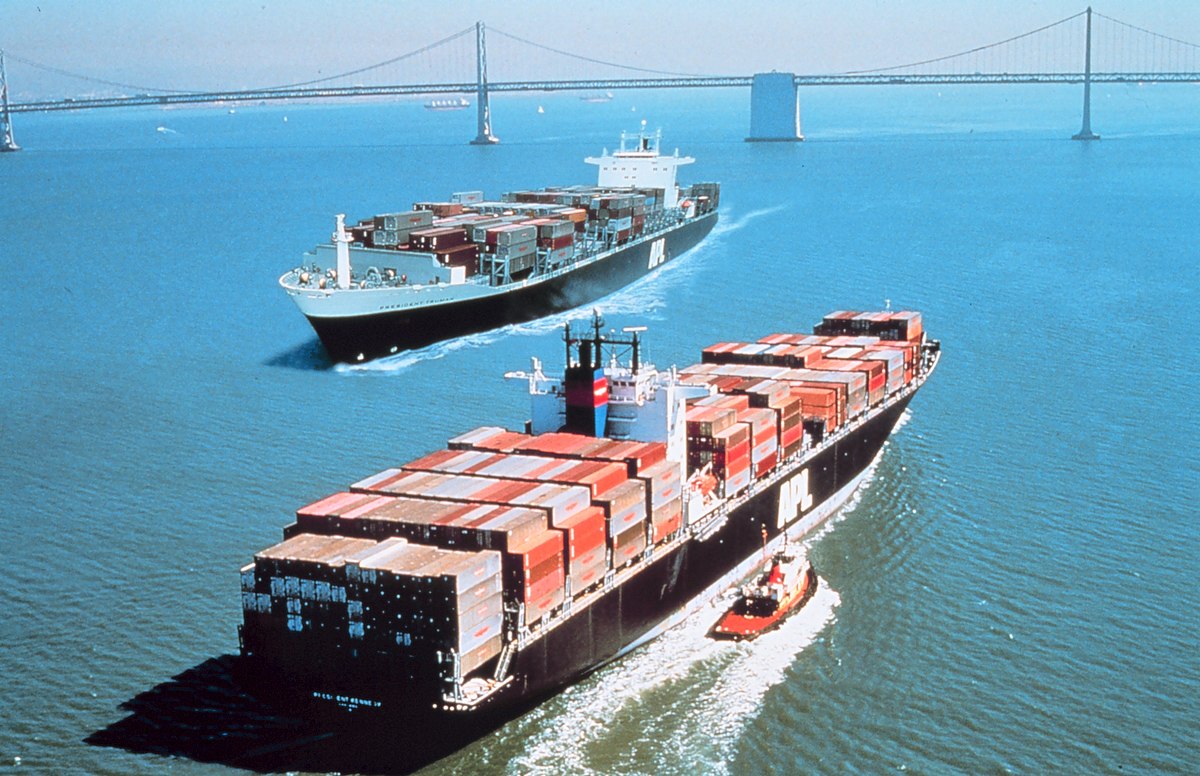
International shipping failures can be an unavoidable part of doing business globally. From massive hurricanes that disrupt worldwide shipping patterns to the all-too-frequent customs strikes in Latin American countries, uncertainty is a fact of life for international shippers.
That doesn’t mean you have to send your packages out on a wish and a prayer to deliver the goods to your customers, though. Today, we’ll tackle five common international shipping failures and offer expert tips to help you avoid them.
Going Global
Businesses are going global like never before. Thanks to the ease of doing business online and advanced metrics that help retailers expand internationally with unprecedented amounts of data, businesses of all sizes have a chance to find an international market for their goods.
Going global is not without its challenges, however. For inexperienced sellers, logistics represents one of the biggest hurdles for creating a satisfied international customer base. (Our CEO recently posted on LinkedIn about this very topic because he’s passionate about making international shipping a reality for more businesses.)

Even large businesses struggle with the balancing act that is international shipping. Just take a look at eBay’s Global Shipping Program (designed to streamline international shipping for small business owners), which has drawn ire from many sellers due to its high costs and lack of control. There’s no single correct solution for international shipping, except for flexibility.
The good news is that you and your business aren’t doomed to international shipping failures. By understanding the common (and oftentimes avoidable) problems, your business can thrive in the global market.
Common International Shipping Failures
Whether you ship by land, air, or sea, international packages all face the same dangers when there’s a shipping issue: they can’t be delivered or the cost of delivery balloons out of control.
Here are five of the most common international shipping failures that successful companies have learned how to avoid.
1. Customs Clearance
Of all the international shipping failures out there, customs issues are perhaps the most maddening—especially if you don’t have a trusted logistics partner to help you manage the cost and complexity of the customs clearance process.
The customs process is particularly difficult (and costly) because you’re dealing with different regulations and tariffs on your goods for each country to which you’re shipping. In many cases, countries heavily regulate or ban goods for import to protect domestic markets or historic landscapes. Argentina, for example, bans the importation of raw cotton, a major crop produced in the country’s Gran Chaco region.
Recent upheaval in the trade world adds another layer of uncertainty. Free trade agreements that once opened up international markets are quickly disappearing—an issue that’s beyond your company’s control.
Too many businesses fail to address the most common reasons why your shipped goods may be delayed or denied entry into the destination country, according to the U.S. Government’s export.gov:
-
Misclassification of goods
-
Duties higher than anticipated
-
Customs office won’t clear the shipment to your buyer/importer
-
Customs office invoking health, sanitary, or safety issues
-
Labeling issues involving a certificate of origin, weight, ingredients, marks, etc.
-
Inadequate documentation provided by the exporter
-
Issues involving the import or packing regulations of the receiving country
Getting things labeled right, having all the right documentation, and accurately representing what’s being shipped can cut down significantly on customs holdups. When you (or your logistics partner) get these customs issues sorted, the odds of your packages being delayed decrease significantly.
And that’s good, because those delays increase costs and may result in customers canceling orders or refusing to pay more for customs—leaving your goods in customs limbo.
2. Out of Control Costs
In the global marketplace, shipping prices are one of the top determining factors in consumers’ purchasing decisions. In fact, high shipping prices were the number one reason for consumers to abandon shopping carts (77% of respondents cited this as a reason).
Unless you’re Amazon, whose shipping and fulfillment costs have increased from 16.6% of net sales in 2007 to 26.4% in 2017 (a whopping $47 billion), absorbing the costs of shipping abroad or passing them on to your customers can destroy your international sales profitability.

What makes international shipping so expensive?
-
Destination
The distance to your shipping destination and frequency of flights to that location affect the cost of shipping. When there are few routes to a destination, shipping parcels there will likely be costly.
-
Type of Good
Not all goods are equal when it comes to shipping costs. Large items like cars or perishable goods like food are more expensive to ship.
-
Distance Traveled
The farther you have to ship things, the more fuel and other associated costs go up. Shippers are paying twice as much for fuel as acheter cialis they were two years ago, and shipping prices are beginning to reflect that.
-
Shipping Speed
Faster shipping times usually mean higher costs. While slower shipping is less expensive, the challenge is that customers are becoming used to fast shipping times.

-
Shipping Inefficiencies
Operational procedures like handwriting shipping labels or manually processing one order at a time are costly and inefficient for small businesses that ship internationally.
International shipping is a delicate balancing act between reaching more customers and minimizing the costs associated with long-distance shipping.
3. Poor Communication with the Buyer
In the era of customer experience, one of the biggest international shipping failures is when companies are unclear about the shipping process. Whether you’re a B2C or B2B international seller, transparency between buyer and seller regarding the shipping process is critical.
One of the ways a lack of transparency can turn into a business blunder is when it comes to duties. The way that duties are collected should be made clear to customers during the checkout process. Otherwise, there may be confusion about when and how much needs to be paid, which can result in customs delays.
Another way poor communication can come back to hurt businesses is when they lack a method for providing shipping updates on packages. While this isn’t always feasible, parcel tracking is still an important convenience for companies to offer their customers. For international shipments in particular, this transparency provides a lot of assurance as packages make the long journey.
Being upfront with shipping expectations can help avoid many of the frustrations that customers experience with international purchases.
4. Not Localizing the Process
Localization can mean a lot of things.
It can mean translating your website and business materials (like shipping documentation) into the official language of your target market.
It can mean translating checkout services into the local currency.
It can mean providing things like customer service in the local language (and even from within the target country).
Failure to localize can result in shoppers abandoning shopping carts and feeling annoyed with their international purchases.
For international shippers, localizing the entire shipping process can be a smart way to reduce international shipping failures. Customs issues? Local resources can help handle the process in the local language. Customer service complaints? Local customer service reps can more effectively serve your international customer base.
5. Waiting Too Long
Most businesses start small and don’t consider breaking into international markets until they’re far into the growth process. As Next Step Growth argues, “the earlier in their growth process a company establishes the strategic direction of a global company, the earlier they can take on the appearance and behavior of a company positioned and organized to support global operations.”
Whether you’re a small business or large enterprise company, it’s critical to consider international logistics as soon as going global becomes part of your company’s vision. Waiting too long to address logistics issues will leave your company unprepared to deliver when you’re ready to go-to-market.
By starting to develop an international shipping plan early, you’ll have enough time to strategically avoid the dreaded bottlenecks.

Overcoming International Shipping Bottlenecks
Each of these issues can cause what we at SkyPostal call shipping bottlenecks. These bottlenecks create friction in the shipping process which increase costs and delivery time—a perfect storm of frustration for your customers.
How do you overcome shipping bottlenecks?
-
Find a shipping partner with experience in the regions to which you’ll be shipping in order to avoid issues with customs.
-
Use fulfillment centers that lower the time and costs to ship.
-
Invest in localization measures throughout the shipping process. If your company doesn’t have the resources to open a local customer service office or curate relationships with local carriers, find a shipping partner that can offer these services.
-
Be transparent with your customers so that they know how much shipping will cost and how long it will take.
-
Take advantage of today’s advanced logistics technologies to minimize easily avoidable shipping errors.
If you ship with any sort of regularity abroad, it’s more than worth your time to invest in a long-term logistics partner. A good logistics provider will have the experience with regulations and customs to help guide your business through these difficulties.
Ship to Latin America with SkyPostal
For over 40 years, SkyPostal has been doing business in Latin American and Caribbean countries. Throughout that time, we’ve developed an extensive network of local partners in each of the countries to which we ship. And as technology has advanced, we’ve used it to continuously streamline our process.
With our proprietary technology, companies that ship with SkyPostal are able to integrate logistics with their other business processes, while providing their customers with real-time tracking and label printing. Between our state-of-the-art technology and our local partners, SkyPostal has created a complete logistics process with feedback loops in place to reduce the frustrating bottlenecks.
If you’re looking to break into the Latin American markets, or you want to overcome your current international shipping failures, give SkyPostal a call today.

